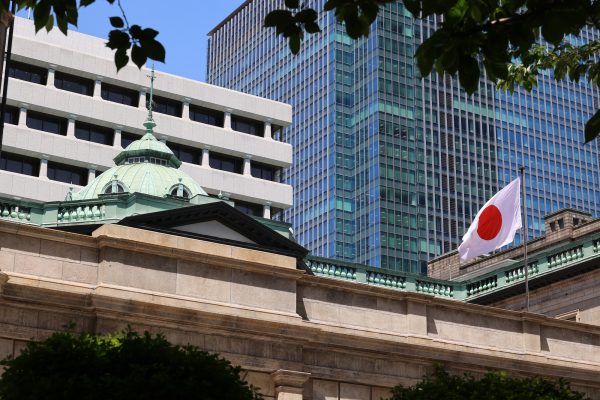This raises the question of what policy options are left for the BOJ if it needs to further increase monetary stimulus. In these circumstances easy monetary policy would remain important, but the central bank would have limited room to manoeuvre. Other elements of the policy mix (or the three arrows strategy of former prime minister Shinzo Abe) would need to play a major role — namely, fiscal policy and a strategy for economic growth.
Any analysis of Japan’s easy monetary policy must focus on how unconventional monetary policy works. Despite the name, unconventional monetary policy is not so different from the conventional sort. The BOJ can stimulate the economy by lowering the interest rate below what economists call the natural rate of interest, the equilibrium rate that equates saving and investment in the economy. When the interest rate is below this level, saving is discouraged (as returns on deposits are low) and investment is encouraged (as firms can borrow money cheaply).
Under a conventional monetary policy regime, the interest rate being adjusted is the short-term interest rate. Once the central bank cuts this conventional rate to zero, it starts cutting the long-term rate through unconventional means such as forward guidance and quantitative easing.
In fact, all the unconventional monetary policy efforts made by the BOJ can be understood as lowering long-term interest rates. Economists tend to think of this long-term rate as consisting of the current short-term interest rate plus its expected path (how interest rates are expected to behave in the future) and the term premium (the difference between the yield on long-term government bonds and the former two components).
The BOJ has influenced each of these three components. It has cut the short-term interest rate to zero, or even slightly below; it has committed to a future course for short-term rates by giving forward guidance to the market; and it has squeezed the term premium by aggressively purchasing long-term government bonds. In addition, the BOJ has directly controlled the long-term interest rate through yield curve control and, consequently, 10-year government bond yields have been around zero percent since 2016.
Inflation has not yet risen as hoped. This may suggest that the natural rate of interest is below zero even at the 10-year time horizon. Therefore, in the presence of a declining long-term natural rate of interest, Japan has hit the effective zero lower bound on the long-term interest rate. This means there are few, if any, unconventional monetary policy options left for the BOJ.
These limitations have given rise to the recent debate on Japan’s policy mix, particularly the role of fiscal policy and an economic growth strategy.
At a recent BOJ international conference, some economists argued that fiscal policy can be utilised if the interest rate is expected to remain low and the effective lower bound on the nominal interest rate remains binding. Under these circumstances, fiscal sustainability is unlikely to be impaired even with already high levels of outstanding government debt. This implies that maintaining a low interest rate environment is the key to financing government debt. Therefore, the BOJ needs to keep interest rates low as long as the natural rate of interest remains depressed.
An economic growth strategy has a role to play in raising the natural rate of interest. But implementing such policies takes a long time and tends to be more difficult when the economy is in trouble, unless they are introduced as a form of ‘shock therapy’.
Given the limited policy space for additional monetary stimulus, the government may need to use fiscal policy to deliver tight labour and goods market conditions — sometimes called a high-pressure economy — so as to ease necessary progress in structural reforms. In the meantime, the central bank has an important (but subordinate) role in maintaining the low interest rate environment until the natural rate of interest rises.
This may appear to be common-sense for some, but too dangerous for others — especially those who are familiar with the history of financial repression. That history can and should be avoided by a well-crafted economic growth strategy.
Toshitaka Sekine is a Professor at the Graduate School of Economics, Hitotsubashi University.

